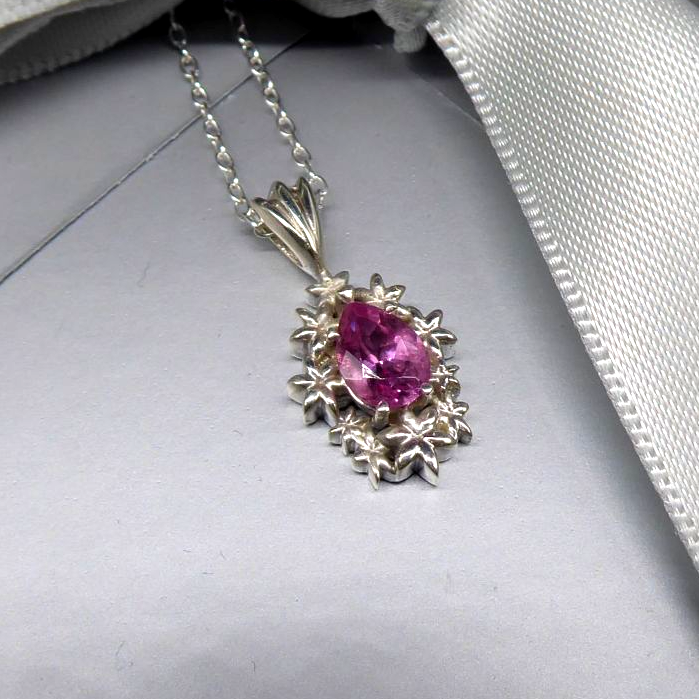From Pink to Green: Discover the Mesmerising Colours of Tourmaline, October's Birthstone

Tourmaline is October's birthstone and is known for its vibrant colours and stunning, one-of-a-kind appearance. Whether you're an October baby or simply in search of a standout gem, tourmaline is sure to dazzle and delight.
Tourmaline comes in a wide range of hues, from rich greens and deep blues to vibrant pinks and fiery reds. Each variety possesses its own distinct beauty, making tourmaline a versatile and sought-after gemstone. Not only does tourmaline offer a stunning array of colours, but it also holds special meanings and properties. Some believe that tourmaline promotes creativity and inspiration, while others see it as a stone of protection and healing.
Origins and History of Tourmaline
Tourmaline has a rich and fascinating history that dates back centuries. The name "tourmaline" is derived from the Sinhalese word "turmali," which means "mixed gemstones." This name reflects the gemstone's unique characteristic of displaying multiple colours within a single stone.
The first recorded discovery of tourmaline was in the 1500s in Brazil. However, it wasn't until the 1800s that tourmaline gained popularity as a gemstone. During this time, tourmaline deposits were discovered in California, Maine, and Connecticut in the United States, leading to a surge in demand for this captivating gem.
Physical and Metaphysical Properties of Tourmaline
Tourmaline is a complex mineral that belongs to a group of minerals known as boron silicates. It is classified as a semi-precious gemstone and is valued for its unique crystal structure and vibrant colours. Each variety of tourmaline possesses its own distinct physical properties, such as hardness and refractive index.
In addition to its physical properties, tourmaline is also believed to possess metaphysical properties. Many cultures throughout history have attributed various healing and protective properties to tourmaline. For example, some believe that tourmaline can promote a sense of calmness and tranquillity, while others believe it can enhance creativity and inspiration.
Different Colours and Varieties of Tourmaline
One of the most alluring aspects of tourmaline is its wide range of colours. Tourmaline can be found in almost every colour of the rainbow, including green, blue, pink, red, and even black. Each colour is caused by different mineral impurities present in the crystal structure of the gemstone.
Green tourmaline, also known as "verdelite," is one of the most common and popular varieties of tourmaline. It ranges in colour from a pale mint green to a deep forest green and is highly prized for its vibrant hue. Other popular varieties include blue tourmaline, also known as "indicolite," and pink tourmaline, also known as "rubellite."
Significance and Symbolism of Tourmaline
Throughout history, tourmaline has been associated with various meanings and symbolism. In ancient times, tourmaline was believed to possess protective properties and was often used as a talisman against evil spirits. It was also believed to bring good luck and fortune to the wearer.
In more recent times, tourmaline has come to symbolise creativity, inspiration, and emotional healing. It is often used by artists and creatives to enhance their creative abilities and to overcome creative blocks. Additionally, tourmaline is believed to have a calming and grounding effect on the mind and body, making it a popular choice for those seeking balance and harmony in their lives.





Comments